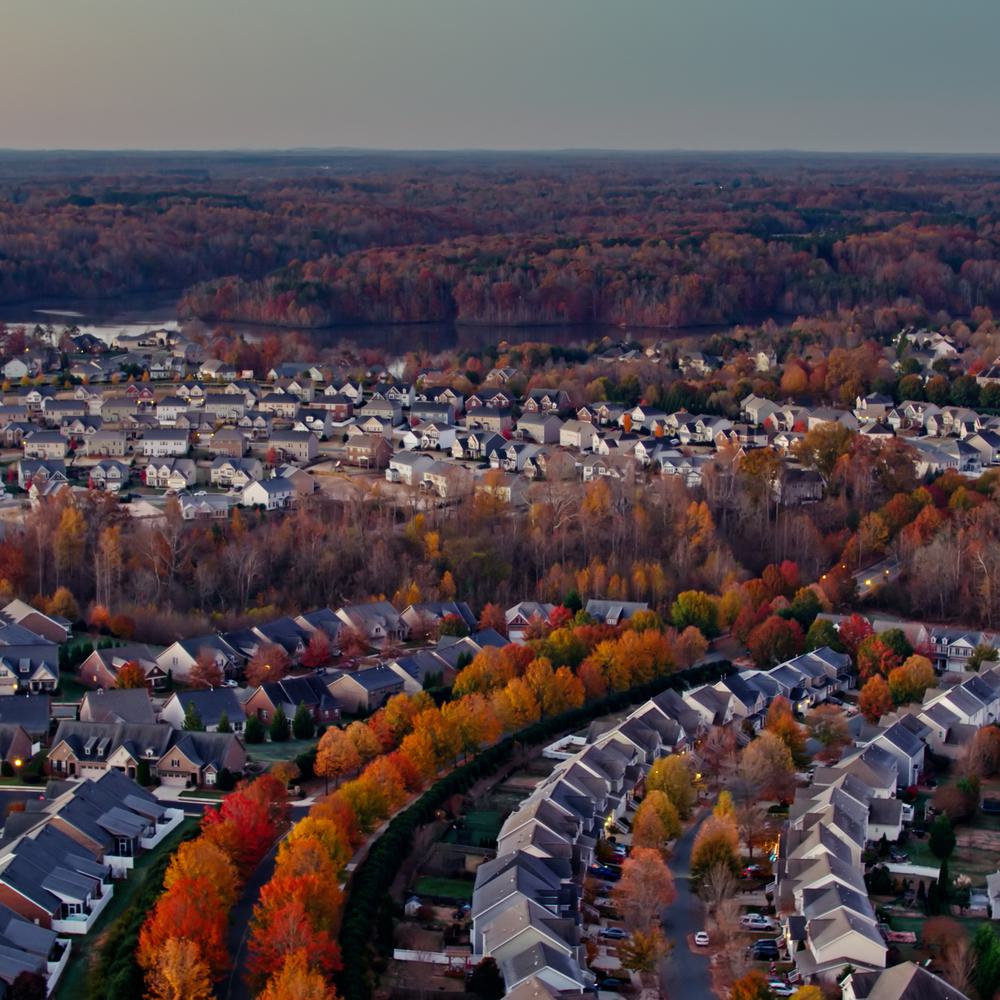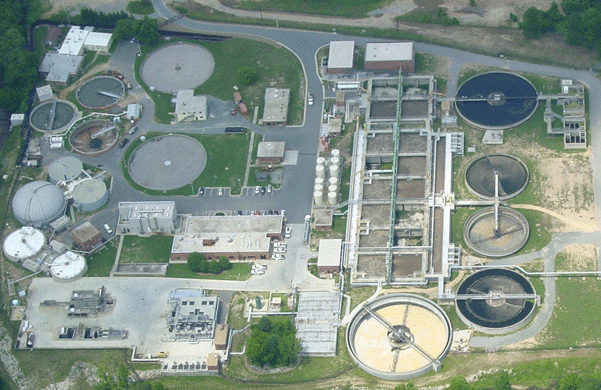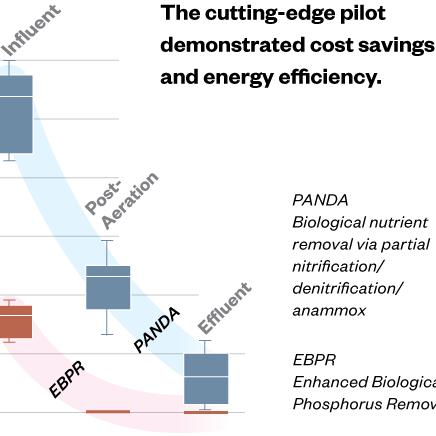High Flows, Low Nutrients, Great Results
Using a Hazen-designed membrane bioreactor system, a South Carolina wastewater treatment plant boosted capacity by 50% while meeting stringent new nutrient limits.
At a Glance
- Hazen helped Fort Mill Wastewater Treatment Plant expand from 3 mgd to 4.5 mgd—a 50% increase.
- The 4.5 mgd plant can now easily handle Fort Mill’s rapid population growth, heavy rains, and new phosphorus limits, plus anticipated nitrogen limits.
- The plant includes room for further expansion to 6 mgd and produces a high-quality effluent suitable for reuse if the town ever needs more drinking water sources.

Jared Hartwig specializes in planning and designing water and wastewater treatment plants—including plants with membrane bioreactor (MBR) systems—as well as sewer force mains, gravity lines, and pump stations.
Related Topics:
"Fort Mill’s wastewater treatment plant typically processes between 1 million and 1.5 million gallons per day. But they recently had a lot of rain and treated a peak flow of 4.8 million gallons with no issues."
~ Jared Hartwig, PE, Senior Associate, Hazen
From the air, it looks like Fort Mill, South Carolina’s wastewater treatment plant has plenty of surrounding space to expand. It doesn’t. The plant is wedged between a sizable hill and a floodplain. Soon, it will also be hemmed in by a new, multi-use development—a reflection of rapid urban growth in Fort Mill, which sits just south of Charlotte. The population swelled by an estimated 160% between 2010 and 2021. Flows have shot up accordingly.
The Fort Mill Wastewater Treatment Plant needed to:
- Boost its capacity within the same footprint
- Ratchet down the nutrients in its effluent for a stringent new phosphorus limit of 4,563 pounds per year, plus an anticipated nitrogen limit that’s in the works
- Stay fully operational throughout the expansion
Hazen helped the plant meet those goals and expand capacity from 3 to 4.5 million gallons per day using membrane bioreactor (MBR) technology.
MBR systems remove suspended solids by pulling wastewater through bundles of long, hollow, porous fibers. They use between a third to 50% less space than conventional biological nutrient removal systems and consistently deliver effluent with less than 1 milligram per liter of total suspended solids.
What Hazen’s design included:
- Four new MBR tanks, which contain the membranes suspended in wastewater
- Room for additional membranes in each MBR tank so the plant can later expand to 6 mgd without new tankage
- Two new, five-stage biological nutrient removal tanks, with room for a third when the plant expands to 6 mgd
- A new tank for removing oxygen from return activated sludge (bacteria that’s recycled from wastewater and used for nutrient removal)
- New ultraviolet disinfection and reclaimed water systems
- A new influent pump station with coarse screens
- New headworks with grit removal and fine screens
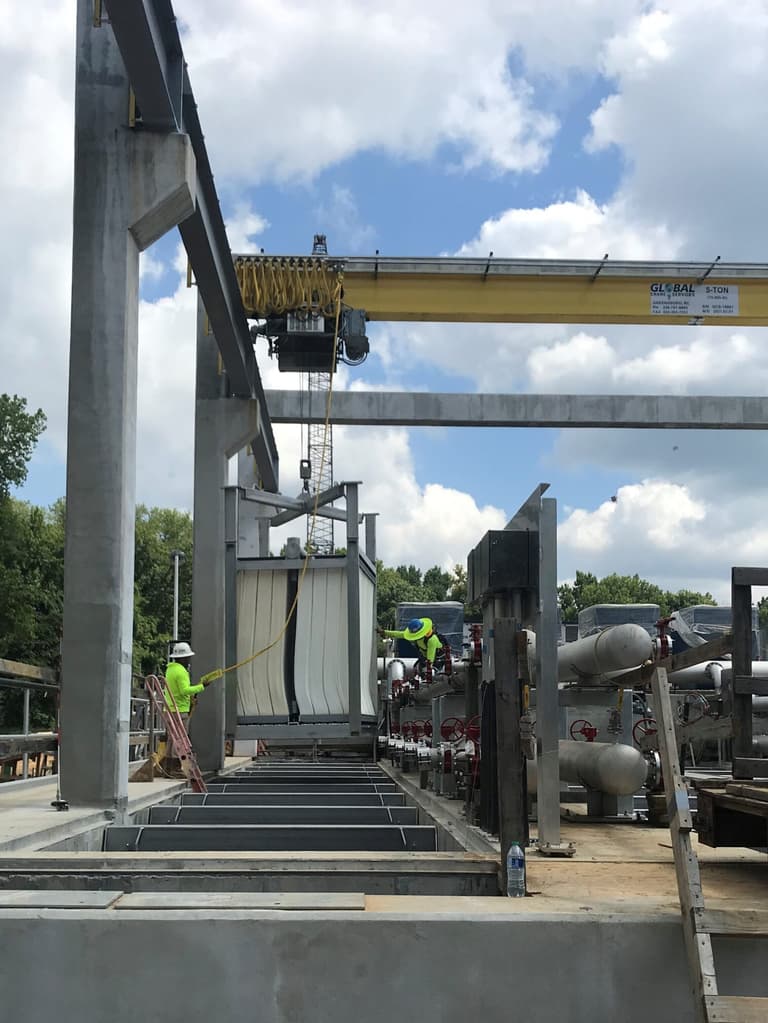
A membrane unit being lowered into one of the plant’s new membrane basins.
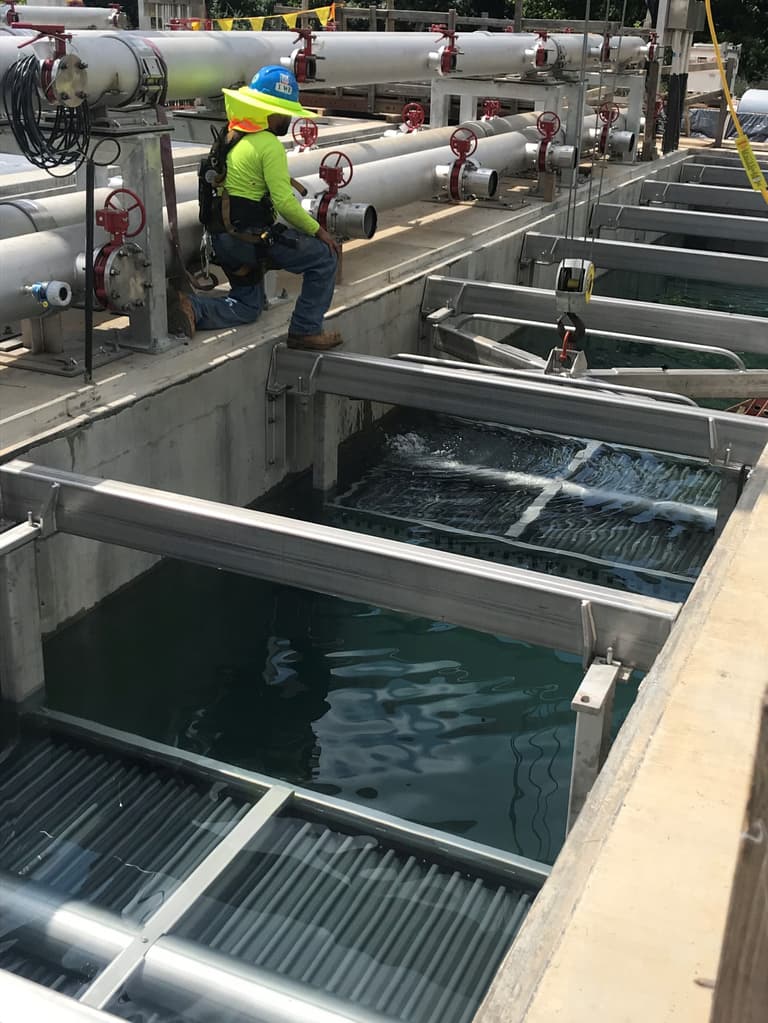
Hazen also helped the town create a request for proposals for the MBR systems and secure a $35 million loan from a state revolving fund to finance the project. We gave operators onsite training and operational assistance. And we crafted a staggered startup plan with extensive, step-by-step protocols to guide staff through the expansion while keeping the plant fully online.
The revamped plant can now easily handle the higher flows and lower nutrient limits. The quality of its effluent is also high enough to qualify for reuse if the town ever needs more drinking water sources.




